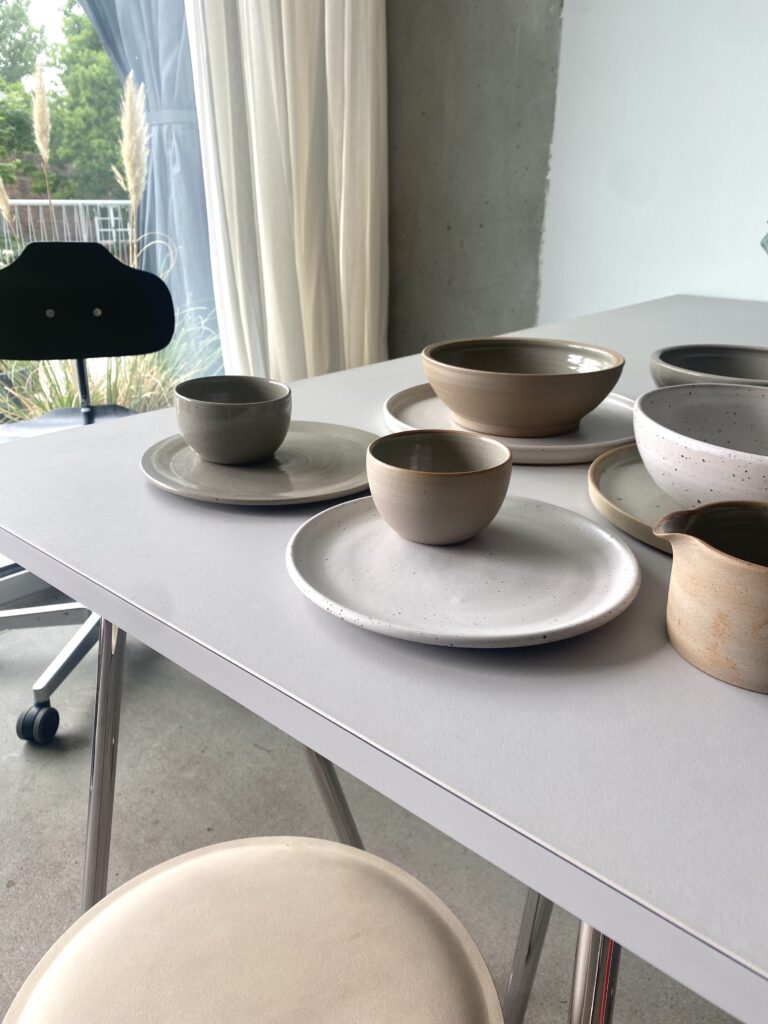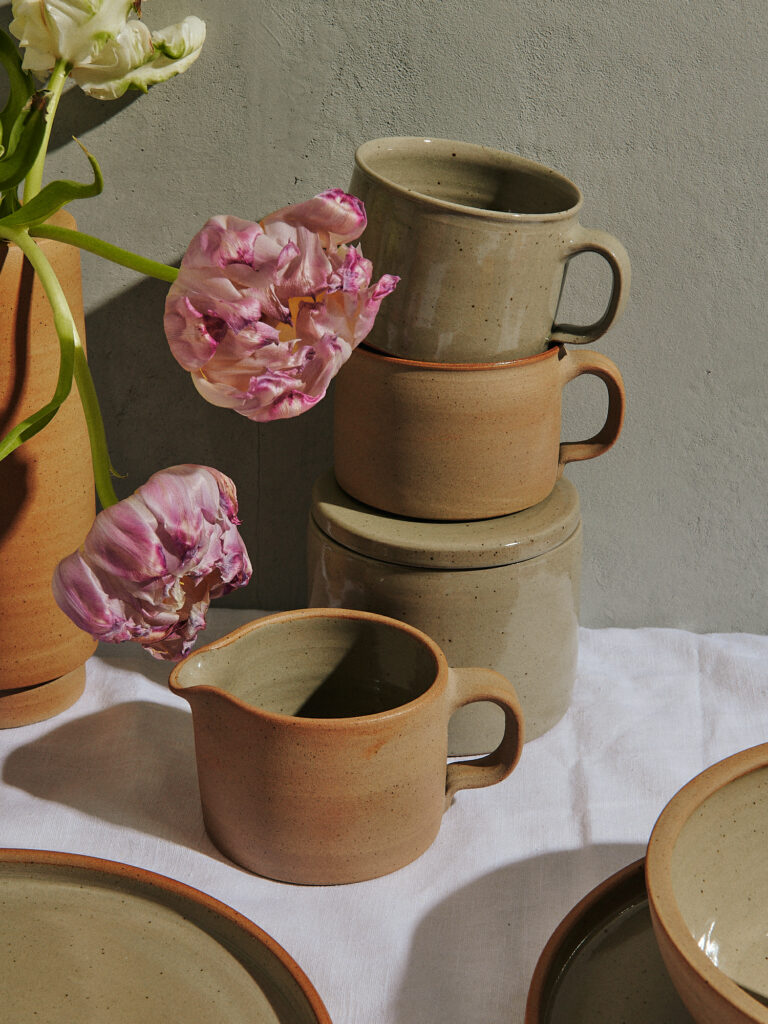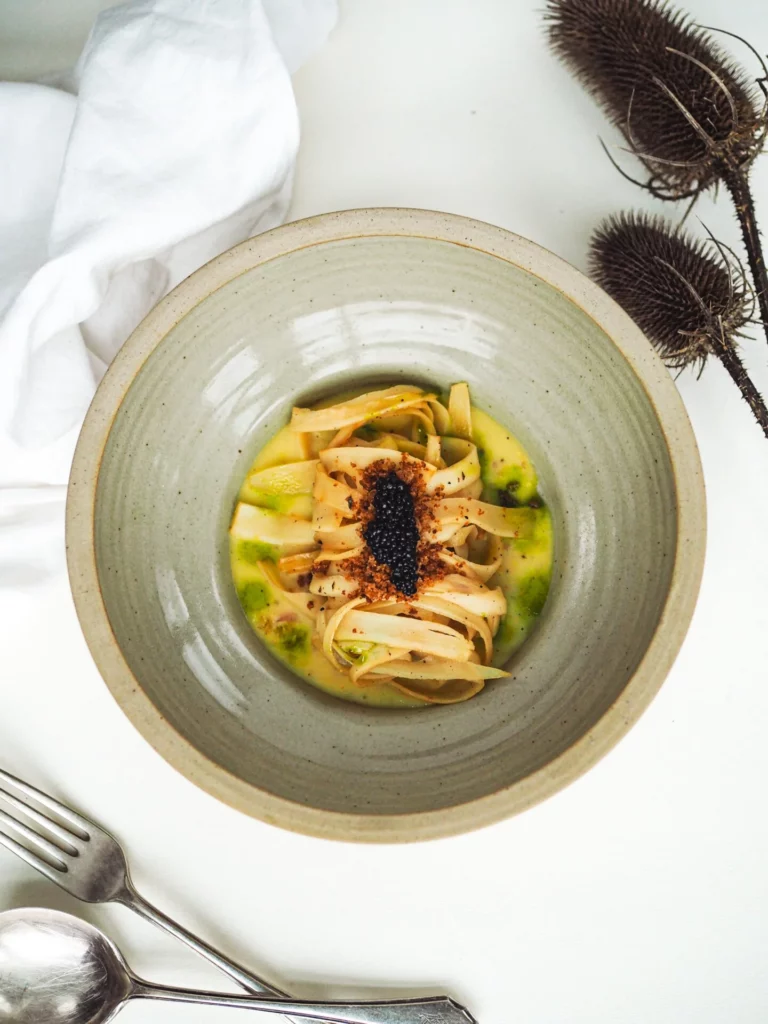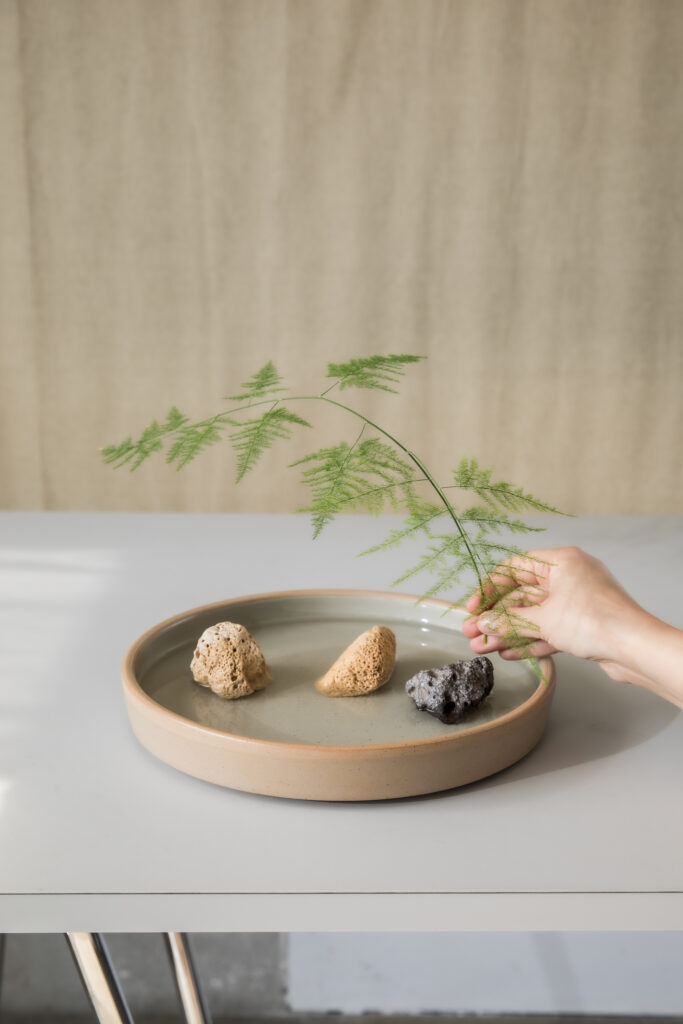Ceramic Guide: Food-safe Stoneware Ceramics versus Earthenware
Why is it Worth Investing in Real Stoneware Ceramics and How to Recognize the Differences in Quality?
For nearly a decade, I’ve engaged in an ongoing conversation with each new customer, listening to their unfortunate encounters with fake stoneware ceramics. These anecdotes have underscored the critical need for a Ceramic Guide focusing on food-safe Stoneware Ceramics versus Earthenware. This knowledge cannot be expected from laypeople, making it all the more essential to initiate this dialogue from a designer’s standpoint.
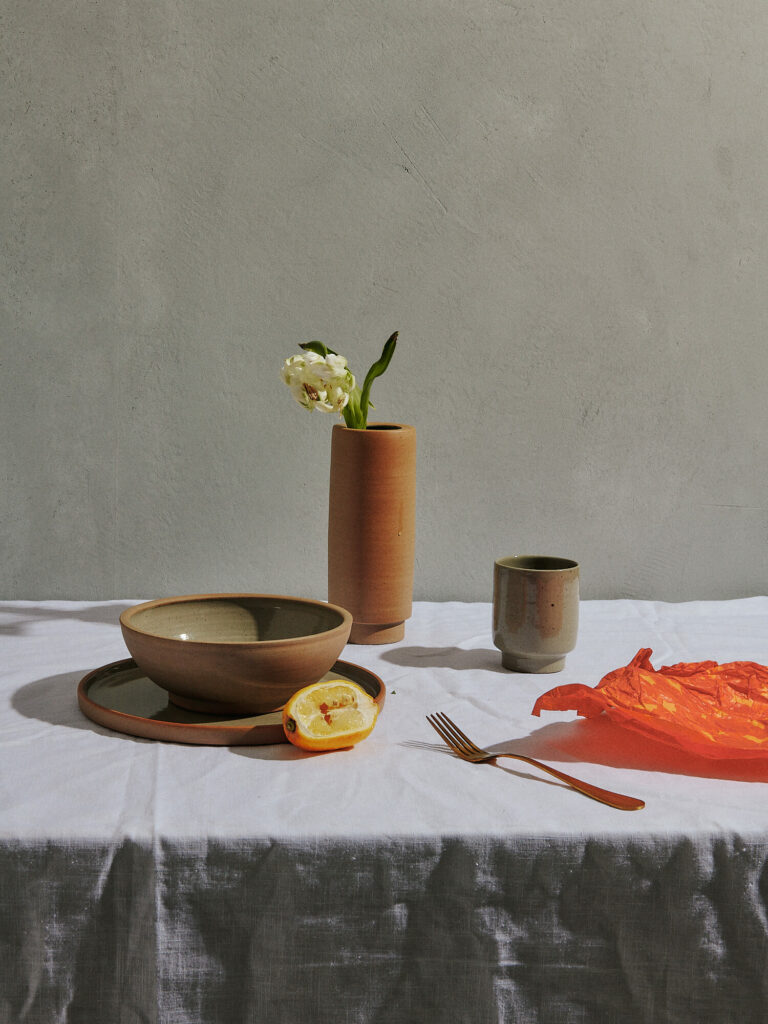
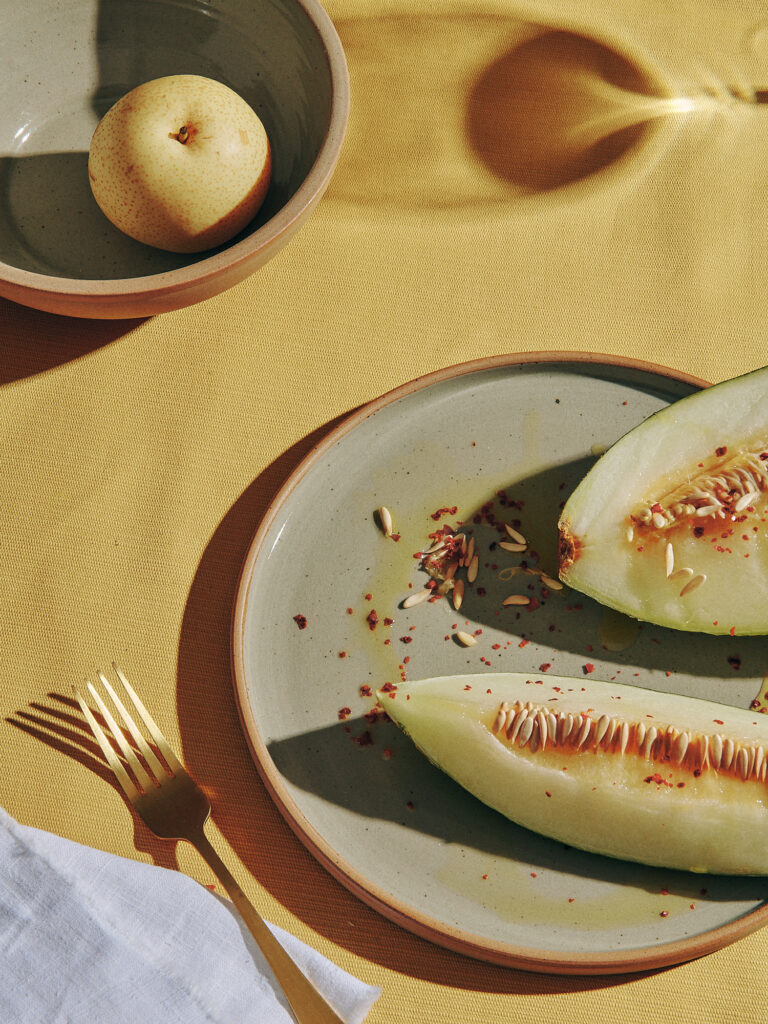
As a Berlin-based Designer working at the intersection of craftsmanship and industrial production, I invite you to read my simple ceramic guide. Gain insights to prioritise quality over quantity, ensuring a more meaningful, simplified, and rewarding experience in everyday life. Join me in embracing this opportunity to refine your consumption habits, to elevate your appreciation for fine craftsmanship, and contribute to a more local and socio-ecological development.
While porcelain, often referred to as “white gold”, enjoys widespread recognition, the elegance and durability of genuine stoneware ceramics often go unnoticed. In recent years, there has been a positive trend towards the appreciation of craftsmanship and the use of handmade ceramics, particularly stoneware.
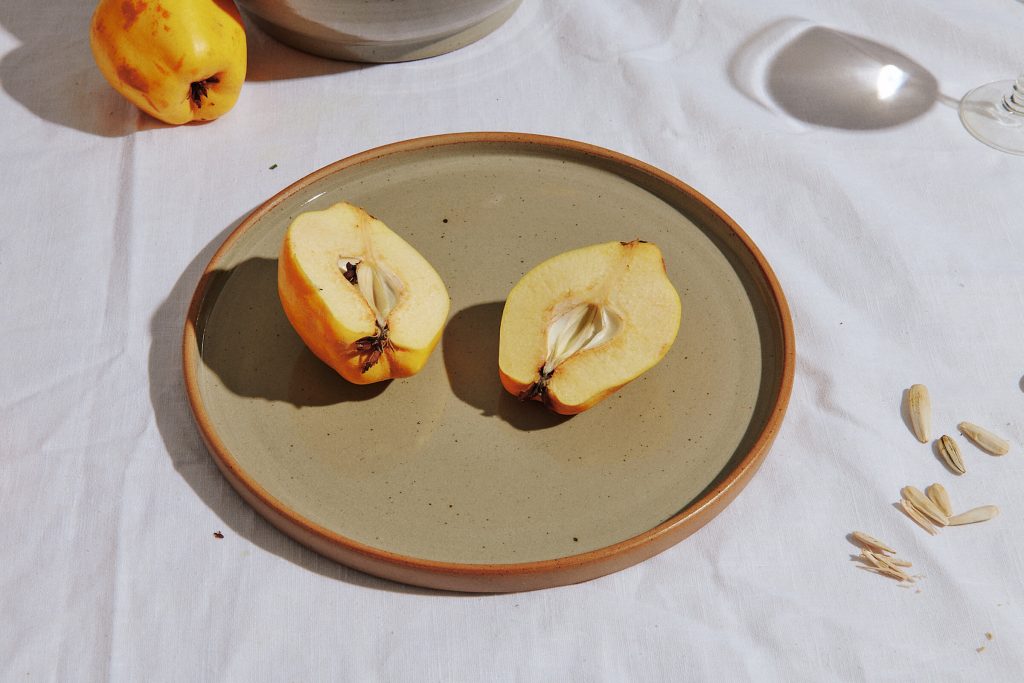
However, not all ceramics labeled as stoneware are authentic. This disparity underscores the importance of understanding the differences in ceramic quality. Consumers often find it challenging to discern between genuine stoneware and inferior earthenware, leading to misconceptions in the market and ceramic prices. Often this knowledge gap is even exploited by misleading marketing tactics, with inferior earthenware occasionally misrepresented as “handmade stoneware”, despite lacking genuine characteristics.
Distinguishing between genuine stoneware and earthenware can be a daunting task, yet grasping this very difference is essential. Discover the advantages of opting for authentic stoneware ceramics over other options, and uncover the interplay between durability, functionality, quality, and long-term cost savings. Why invest in exceptional ceramic quality? Delve into these questions and more within my comprehensive ceramic guide.
Enhance your Dining Experience: The Significance of Handcrafted Stoneware Ceramic Tableware
In the realm of dining, the vessels that hold our food play an integral role not only in presentation but also in enhancing the overall experience and meaning of dining together. As discerning consumers, we’re increasingly drawn to the authenticity and quality offered by handmade goods, also when it comes to stoneware ceramic tableware.
Craftsmanship, quality production and genuine materials matter, because they’re parameters highlighting the stark disparity between authentic quality and its imitations, today.
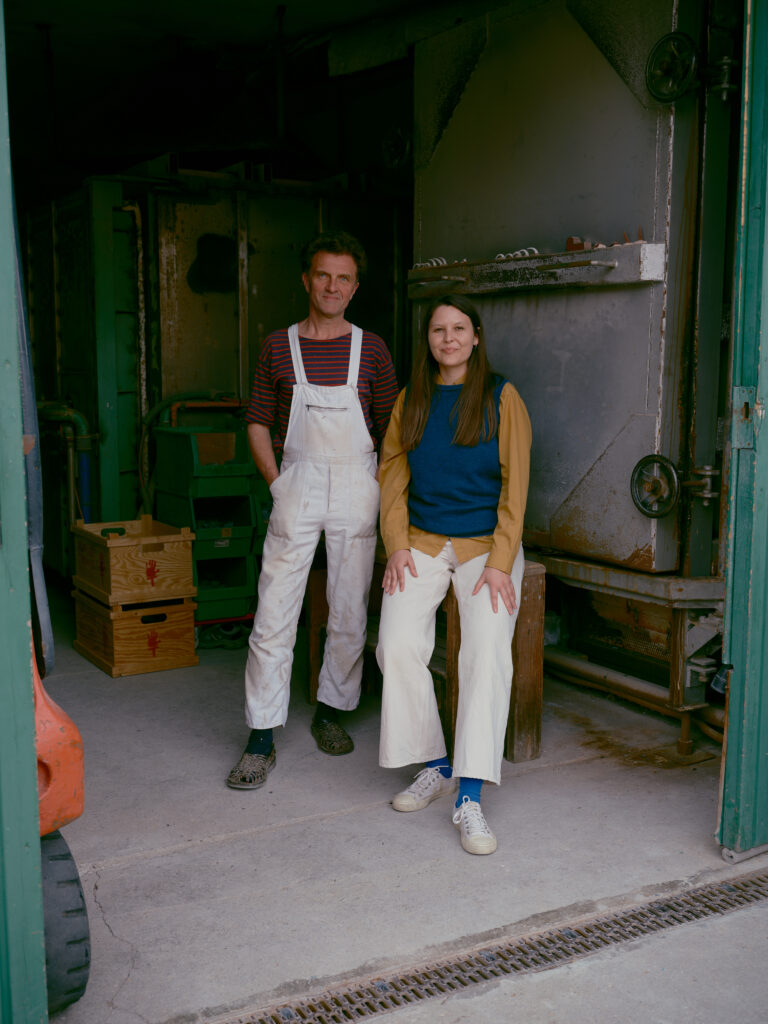
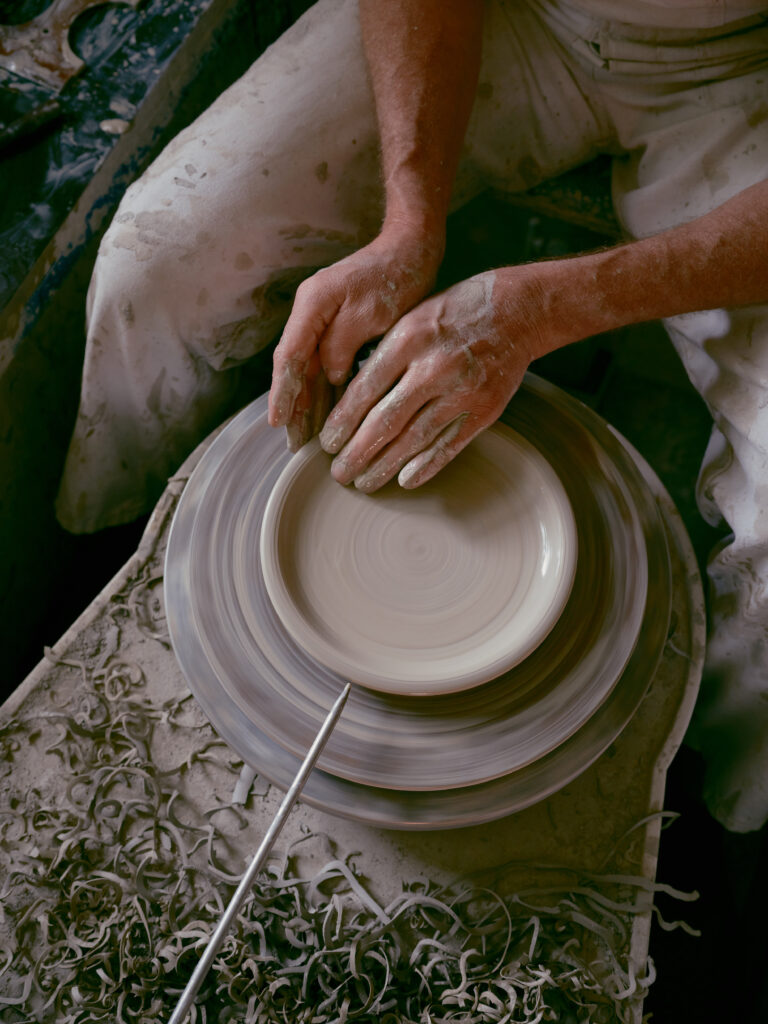
How to distinguish Authentic Stoneware from Earthenware?
Stoneware and earthenware are two different types of ceramic that differ significantly in their properties and manufacturing processes. Although in German the terms “Steinzeug” (stoneware) and “Steingut” (earthenware) may sound similar, there is a clear difference in quality, which is reflected in the composition of the clay and the firing temperature.
Quartz, a well-known component of window glass, plays a decisive role in the production of stoneware. Real stoneware is fired at higher temperatures over 1100°C, which crystallises the silicate contained in the clay and seals the ceramic from the inside out. This creates a robust and waterproof ceramic that can be used without a glaze. This firing process gives stoneware its exceptional hardness, weight, durability and longevity compared to earthenware. Stoneware ceramics can also be recognised by their weight and their sound.
In contrast, earthenware is fired at lower temperatures between 1000 and 1150°C. These lower temperatures are not sufficient to fully crystallise the silicate, leaving the earthenware porous while requiring a glaze to be waterproof. Thus, the difference is not merely aesthetic but also practical, with authentic stoneware boasting superior endurance and resistance to cracks, chips and sloping cup handles.
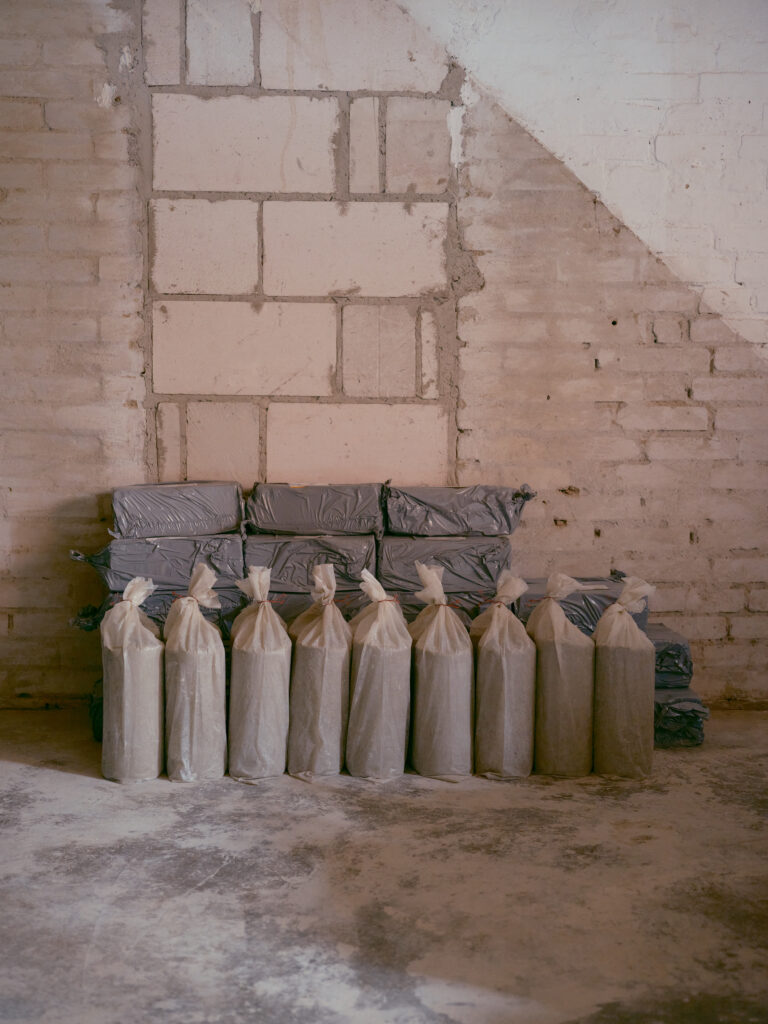
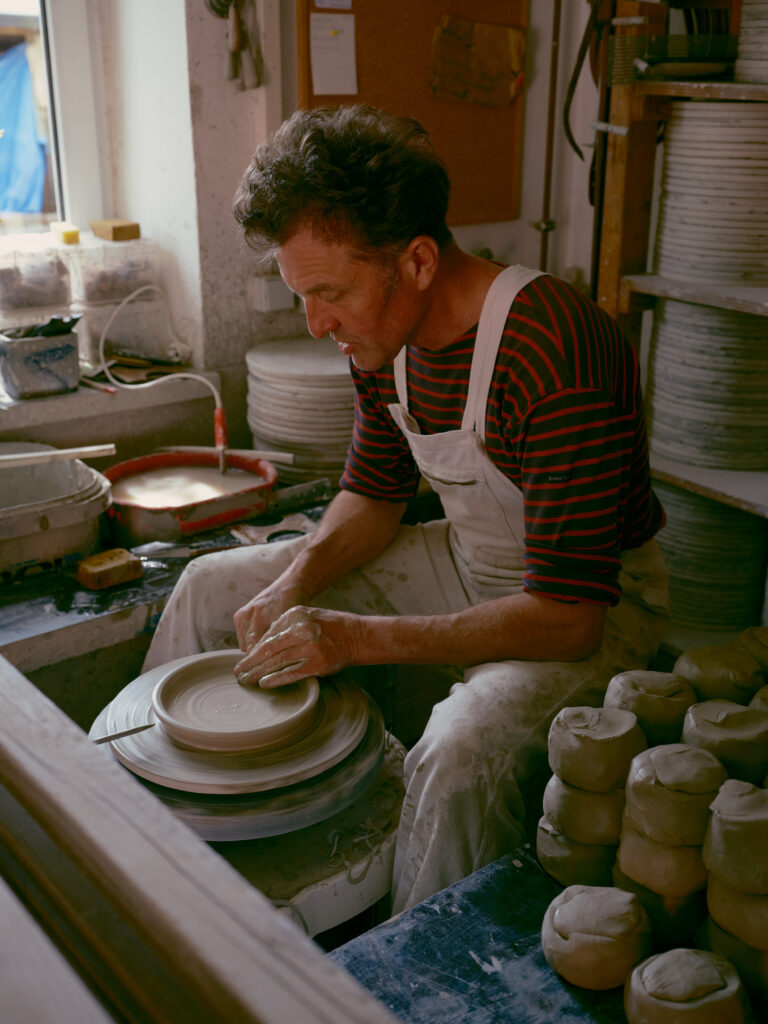
Moreover local, manual production in Germany and higher firing temperatures are more costly than the production of earthenware, mass produced cast ceramics and other industrial ceramic manufacturing. By choosing high-quality, handmade ceramic products, you’re not only supporting craftsmanship, but also enriching your daily lives with truly unique objects and a made-to-last design approach.
Discover the REH (GERMANY) stoneware tableware, like food bowls, rim and flat plates, coffee and tea bowls, mugs, cups and serving dishes and elevate your tableware at home, in your café, restaurant, studio, office or holiday apartment and hotel. This stoneware is made for utility and has been thrown and glazed entirely by hand with the utmost care and craftsmanship in Germany since 2015.
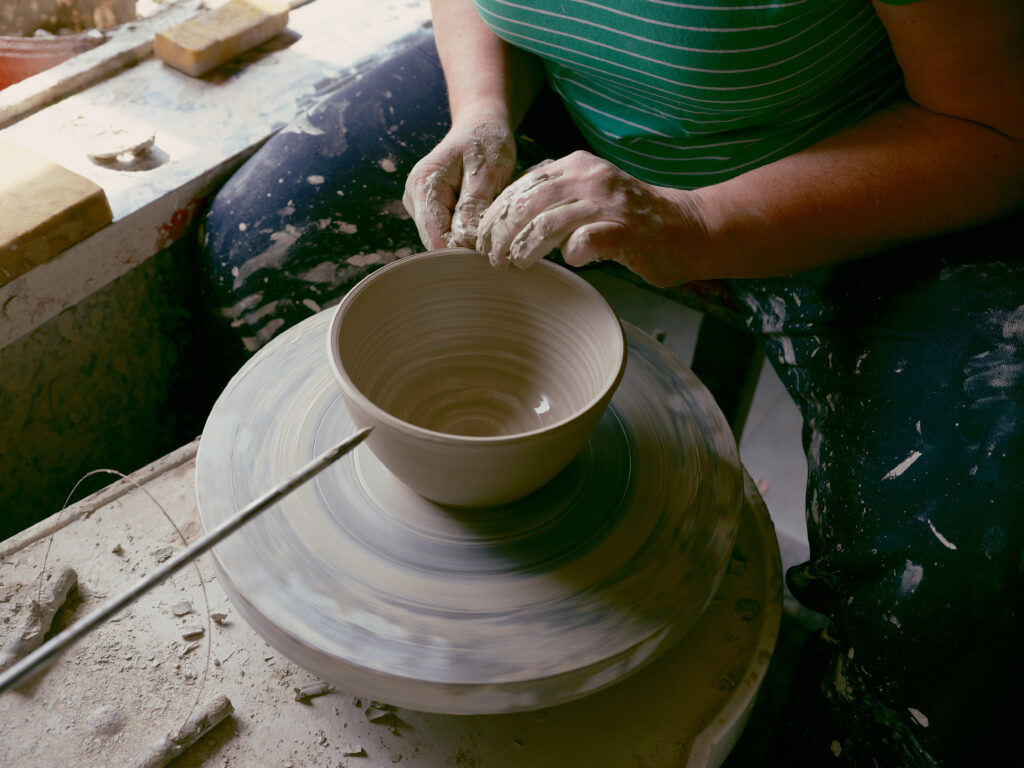
The Quality over Quantity Approach for Utility Ceramics
Today, choosing quality over quantity is paramount, also when it comes to selecting the right ceramic tableware or plantware. Genuine stoneware tableware boasts remarkable durability, surpassing earthenware in toughness. Unlike earthenware, which tends to chip or break upon impact, stoneware resists damage from falls or bumps, ensuring longevity and reliability.
Moreover, stoneware ceramics are dishwasher-proof and can withstand temperatures exceeding 70°C, making them ideal for everyday use in kitchens, restaurants, canteens, farm to table gourmet cuisines and hotels. Contrastingly, earthenware’s susceptibility to damage is evident – pour hot water into an earthenware vessel, and you may soon find the handle detaching. By investing in genuine stoneware ceramics, you not only trust in quality but also save money and energy in the long run, as their durability ensures fewer replacements and repairs.
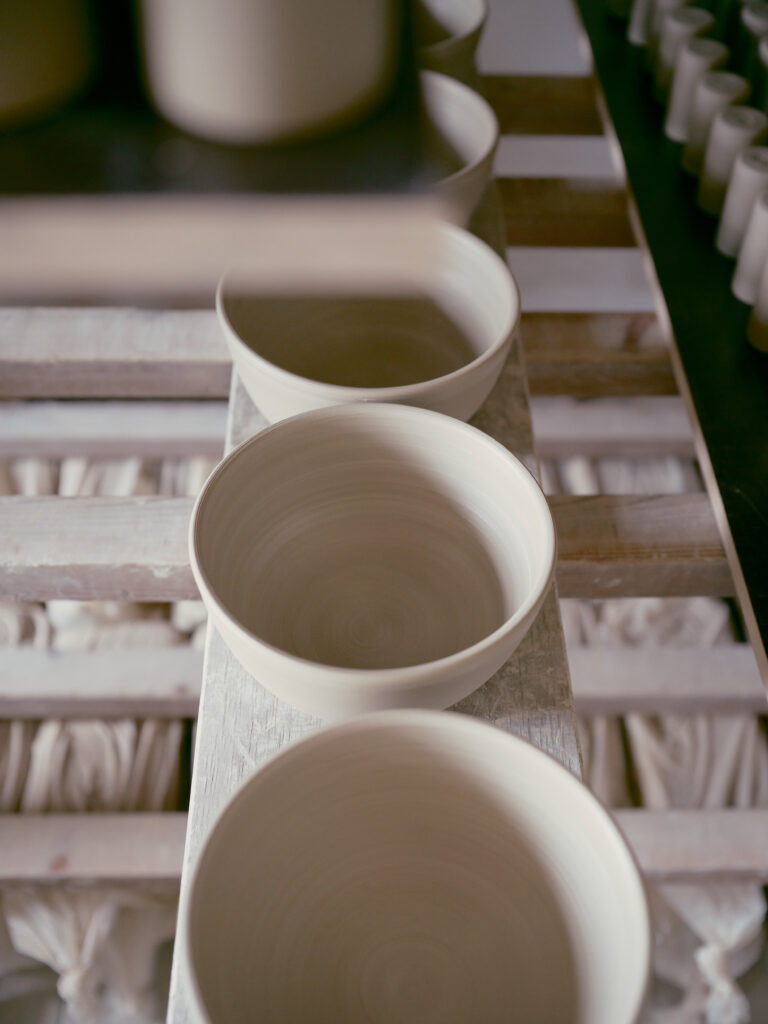
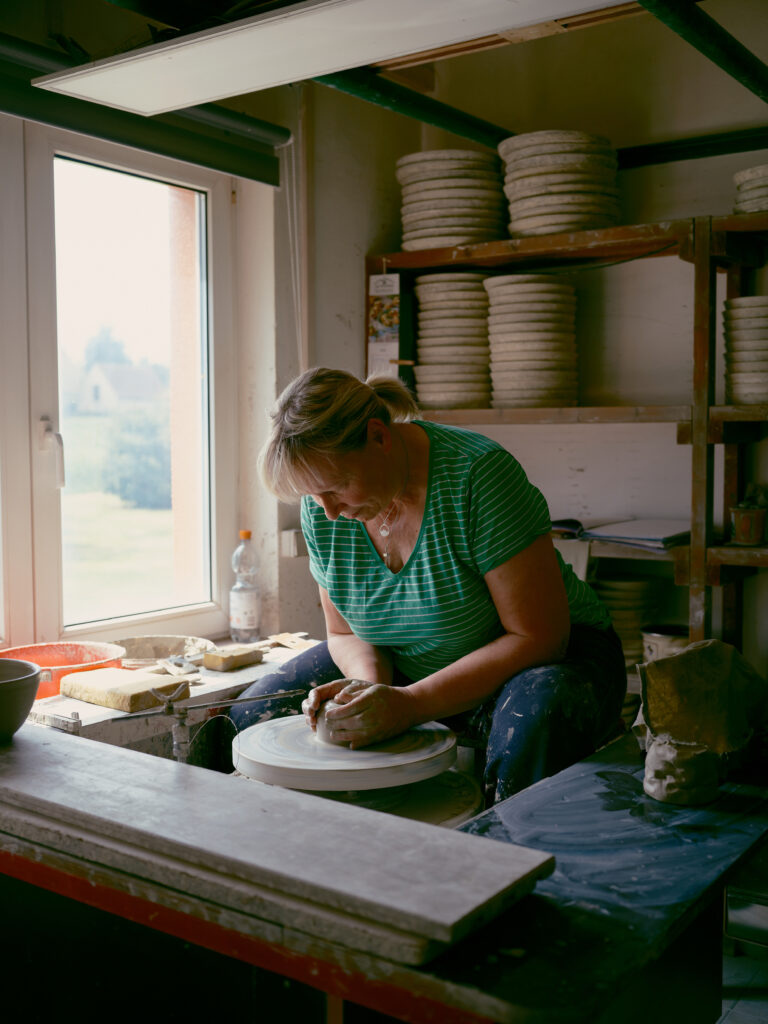
Stoneware Ceramics and Food Safety in Gastronomy
For gastronomic establishments, prioritising food safety is crucial. The glazes used in stoneware must meet rigorous standards to ensure they are free from harmful substances and suitable for culinary use.
That’s why REH (GERMANY) works in close cooperation with one of the last professional stoneware manufacturers in Germany, who are certified to mix the special glazing recipes and clays for REH (GERMANY) tableware and plantsware designs in minimal black, white-speckled, grey and unglazed. By working with this professional and traditional manufacturer, our tableware meets the highest standards of safety and quality, providing peace of mind to chefs, gastronomers and food-lovers alike.
Elevating Craftsmanship: Bringing Quality to Every Setting
My personal commitment to craftsmanship as a designer extends beyond the realm of fine dining. In order to maintain fair and moderate prices, aiming to democratise the experience of luxury tableware by offering locally made, handcrafted stoneware ceramic tableware and plantware to a diverse range of settings – REH (GERMANY) is a Berlin based Direct-to-Consumer label selling directly to clients and businesses without luxury retail margins.
Whether it’s restaurants, hotels, offices, studios or holiday and private homes, each ceramic brings an element of authenticity to every table and home setting. Every ceramic is unique and tells a story of tradition, skill, and uncompromising quality, elevating the dining experience for everyone.
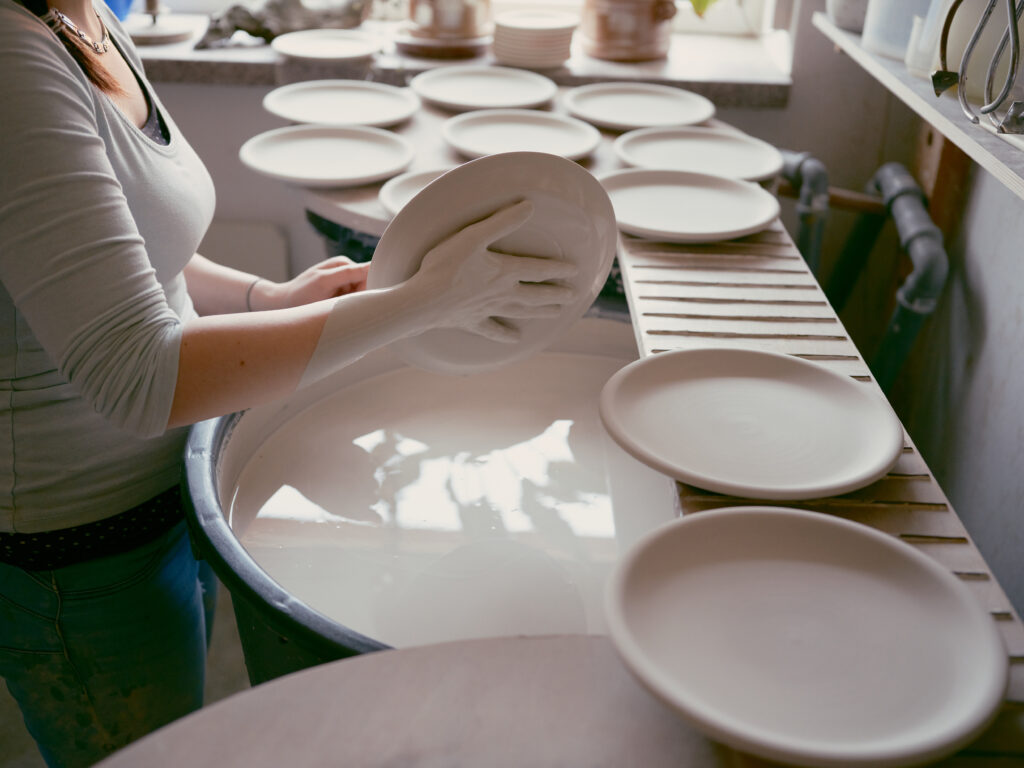
Craftsmanship: Honoring Tradition and Mastery
At the heart of genuine stoneware ceramics lies the dedication and skill of professional ceramicists. These artisans have honed their craft through years of study and practice, mastering the intricate processes involved in creating durable and visually stunning ceramic tableware. Contrary to small studios with self-taught practices, professionally trained ceramicists are registered at institutions such as the “Handwerkskammer” (Chamber of Crafts) or the regional “Töpferinnung” (Potter’s Guild), ensuring adherence to strict standards of quality and authenticity.
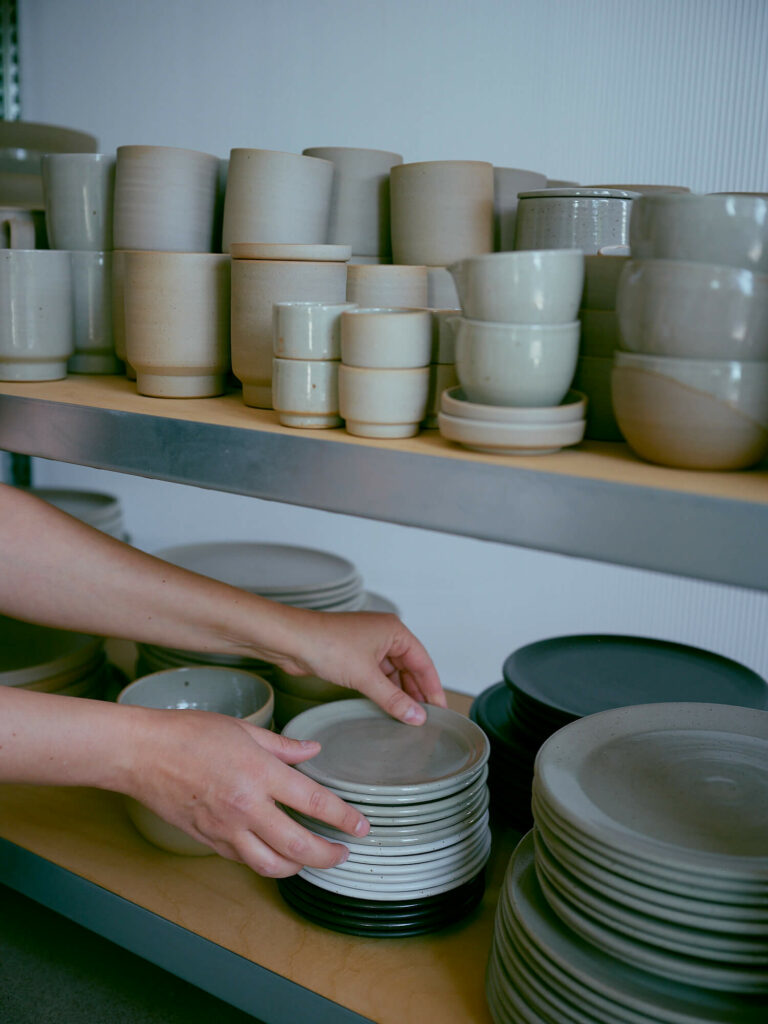
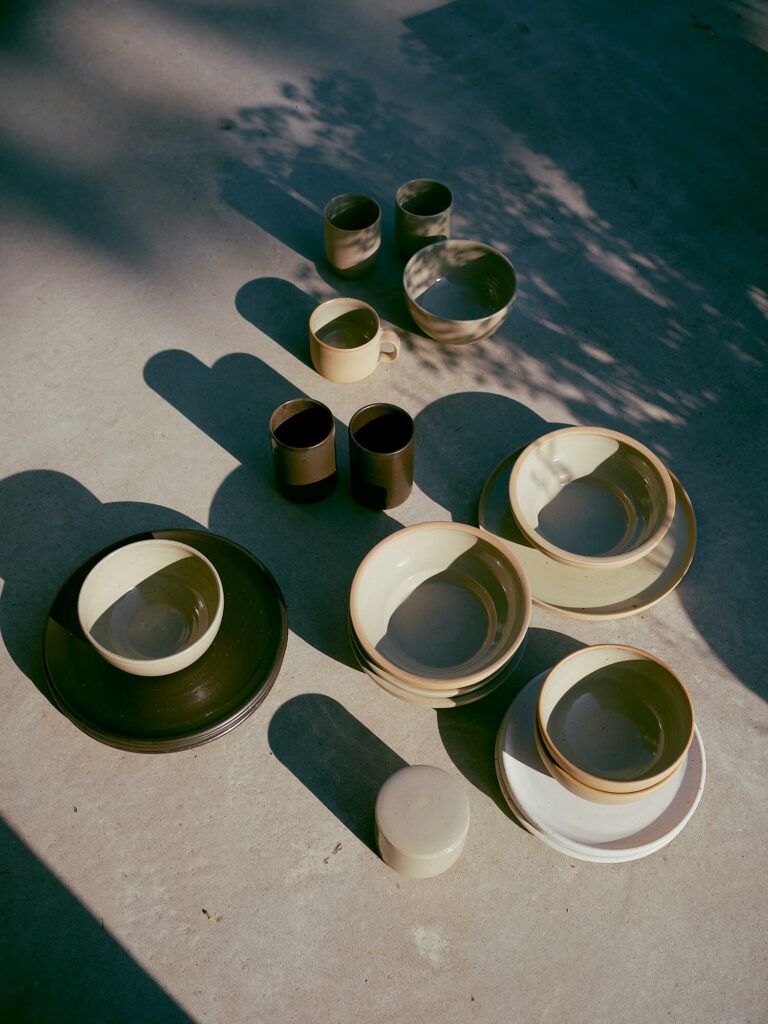
REH (GERMANY) Ceramics: Invest in Authenticity and Quality
In a world inundated with mass-produced goods, the allure of handmade craftsmanship shines brighter than ever. Authentic stoneware ceramic tableware embodies the timeless values of tradition, quality, and artisanship, enriching not only the dining experience but also our appreciation for the finer things in life. In celebrating the artisans behind my design creations, let’s advocate for sustainable practices, local production, and mindful consumption. Let’s savour each meal and appreciate each plant with the reverence they deserve, served on stoneware tableware and plantware vessels that reflect the essence of true craftsmanship.
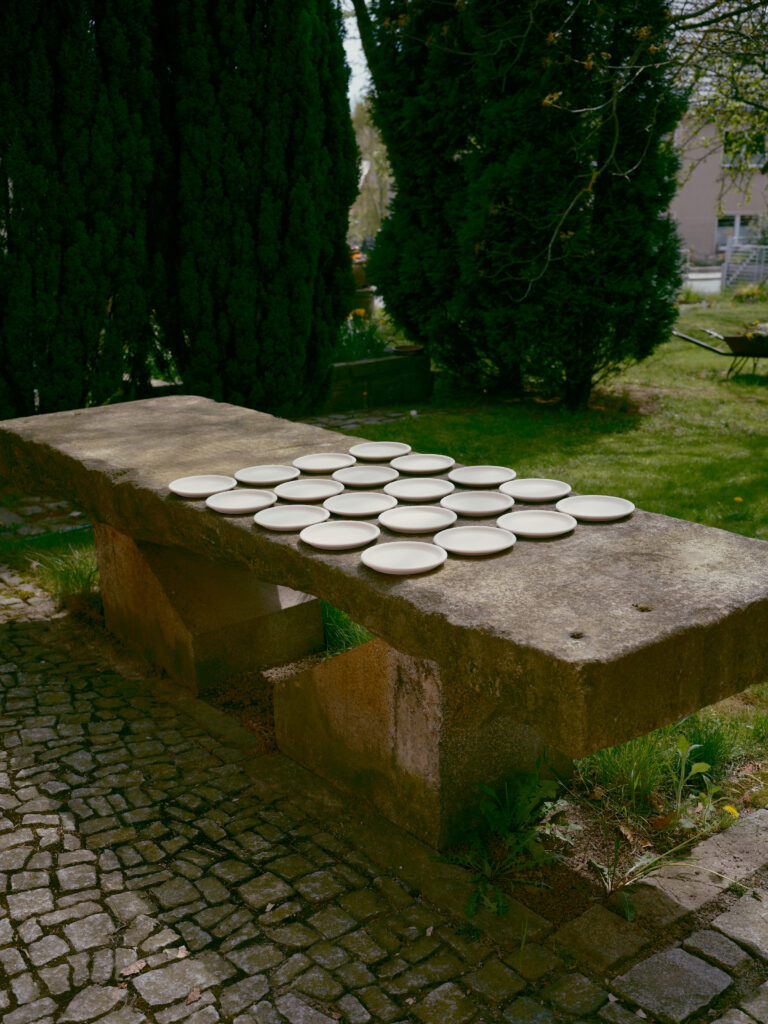
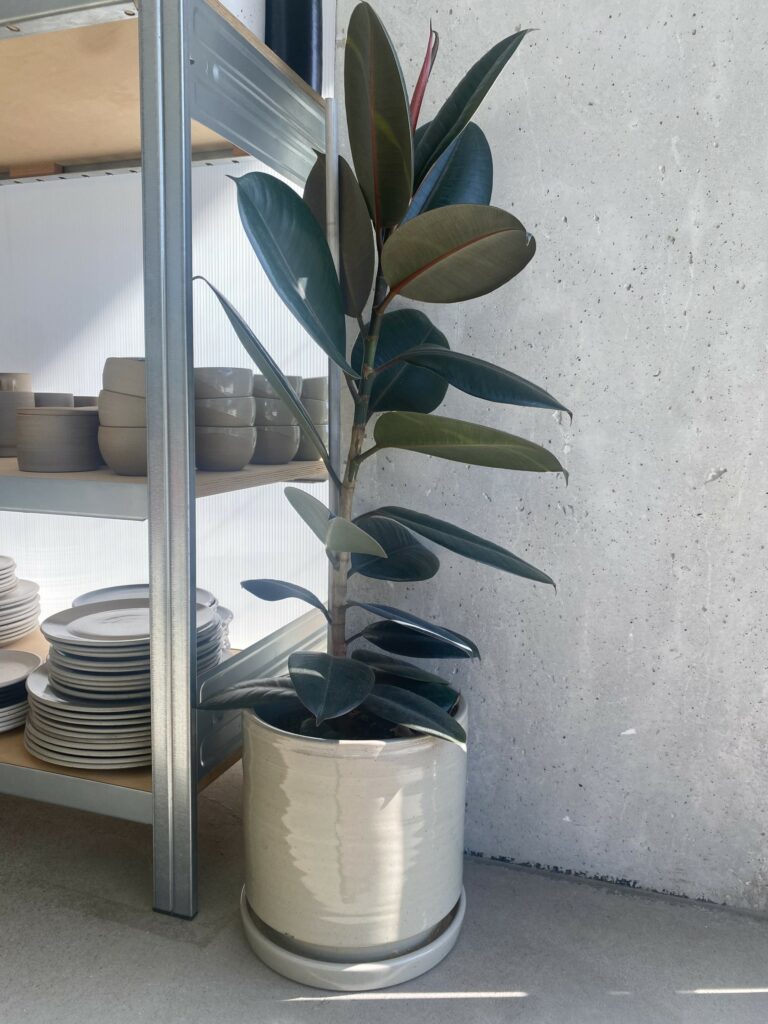
Minimal ceramic designs for tableware and plantware by REH (GERMANY)
Photography by Berlin-based photographer Kerstin Müller
Article written by Eliza Helmerich
REH (GERMANY) Stoneware Ceramics featured in the DECO Home magazine about German Designers
